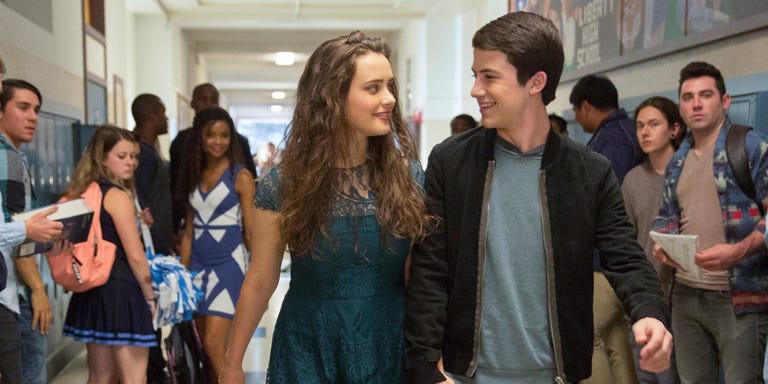Although on our low budget we did not have access to expensive lighting equipment, we made do with some lamps, flashlights, various phone and computer screens, blankets/sheets, and a lot of patience. We truly learned that although lighting in film may seem natural, it often takes much artificial manipulation for lighting to appear so on camera.
Our first issue was that it was daylight when we were scheduled to begun filming, but our first shots were intended to be filmed in near-darkness. Because we wanted to be able to manipulate the daylight coming from through the window in order to ensure that our shots were visible even in darkness, we utilized a thick blanket layered over a thin blanket to cover the window. Because the thin blanket filtered the light and the thick blanket blocked much of the light, we were able to create an opening for light to pass through to our liking depending on the shot.
Our blanket setup with the lights in the room on
The same setup with the lights in the room off
Although later in the scene Brittney is supposed to be shown in her room with the lights on, the actual lights of the room we utilized were too yellow in tinge and did not give off the creepy mood we were going for. Because none of the lighting in the house came out very well on film, lamps were very useful and easily manipulable (being able to be tilted at different angles and obscured with other objects) as a replacement.
Setting up a lamp before filming
We wanted to create a clear tone shift when Tiffany (the killer) enters Brittney's house and finally finds her, and though to use some color theory that we have learned to emphasize this. In order to reflect this, we chose to cover a lamp with a red sheet to create the reddish, pinkish lighting we wanted to both reflect a sense of danger and violence (with the red) as well as femininity (with the pink).
Throughout filming, it was difficult to find a balance between enough light for the subject to be viewable and maintaining the illusion of darkness. Hopefully, when shown on a screen, our footage will be clearly lit and appear as we intended (otherwise we may need to re-shoot much of it).
O'Rourke, T. (2012, October 1). Horror Film Lighting On a Budget. Retrieved March 27, 2018, from https://www.videomaker.com/article/c13/15436-horror-film-lighting-on-a-budget
Renée, V. (2016, October 27). 8 Spooky Lighting Techniques You Can Use in Your Horror Film. Retrieved March 26, 2018, from https://nofilmschool.com/2016/10/8-spooky-lighting-techniques-you-can-use-your-horror-film
Risk, M. (2018, March 06). How to Use Color in Film: 50 Examples of Movie Color Palettes. Retrieved March 27, 2018, from https://www.studiobinder.com/blog/how-to-use-color-in-film-50-examples-of-movie-color-palettes/
















.jpg)